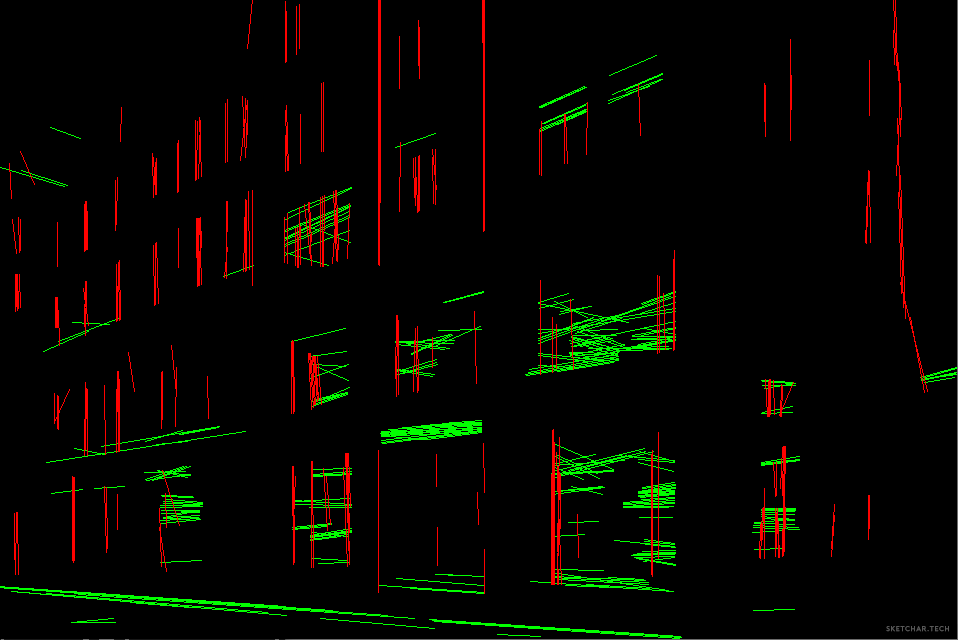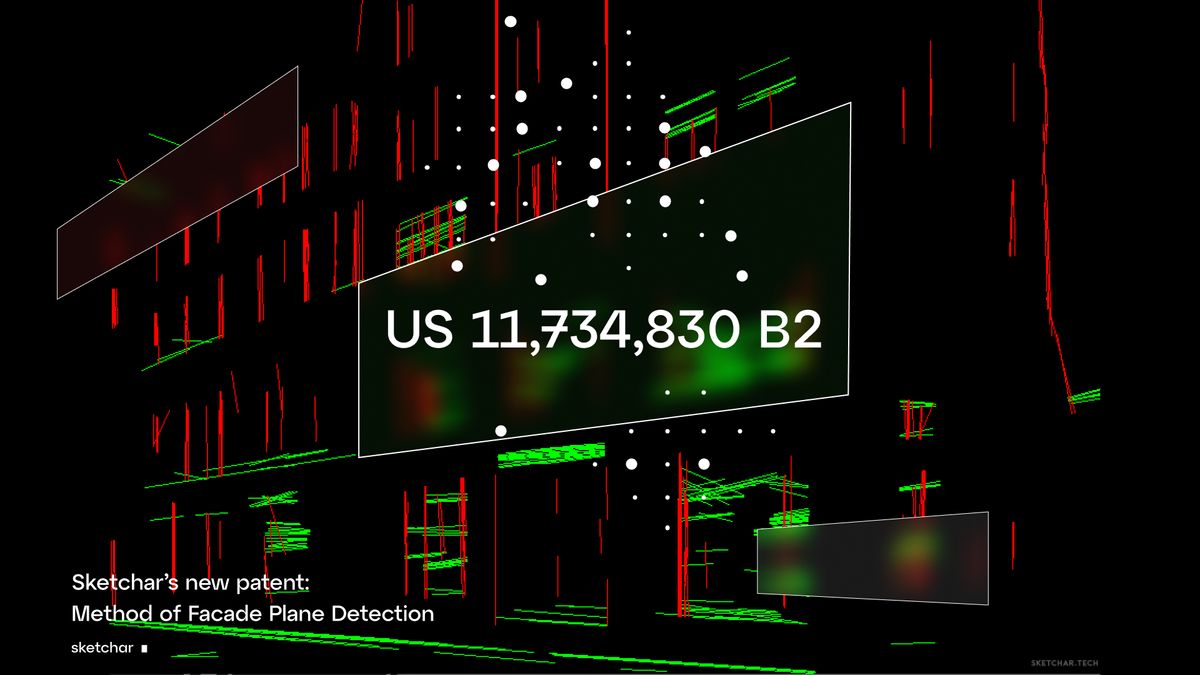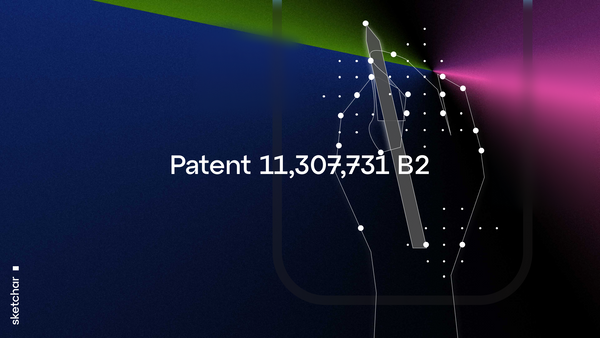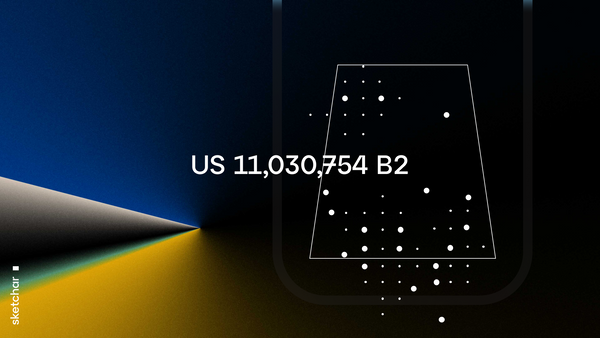At Sketchar, we're deeply committed to refining and enhancing the integration of augmented reality (AR) into our daily lives. Our most recent contribution to this mission is a carefully devised method dedicated to detecting facade planes in AR.
The Process at a Glance:
- Edge Detection: Our system begins its journey by discerning one or more edges of an object.
- Line Identification: It then identifies various lines associated with the object.
- Line Filtering: The next step involves refining these lines to maintain only the ones most relevant to the task at hand.
- Approximation: Utilizing iterative techniques, the system approximates the distributions of the selected lines.
- Boundary Determination: Concluding the method, it determines the clear boundaries of the object.
Read about how it works in our blogpost:

Why This Matters:
Sketchar’s approach allows for the effortless placement of virtual objects onto real-world buildings without necessitating a detailed environmental scan. This might sound simple, but for AR applications that depend on real-time tracking of objects in videos, it's quite a feat.
Understanding the nature and layout of anchoring surfaces, be it a tabletop or a building facade, is pivotal for the accurate rendering of AR content. Building facades present unique challenges due to their unpredictable boundaries which often intertwine with other elements like trees and vehicles. Solely relying on facade boundaries might fall short in capturing the true spatial configuration. This is where Sketchar's method steps in, addressing these nuances to ensure AR content harmonizes seamlessly with its surroundings.
Sketchar ▋Team




